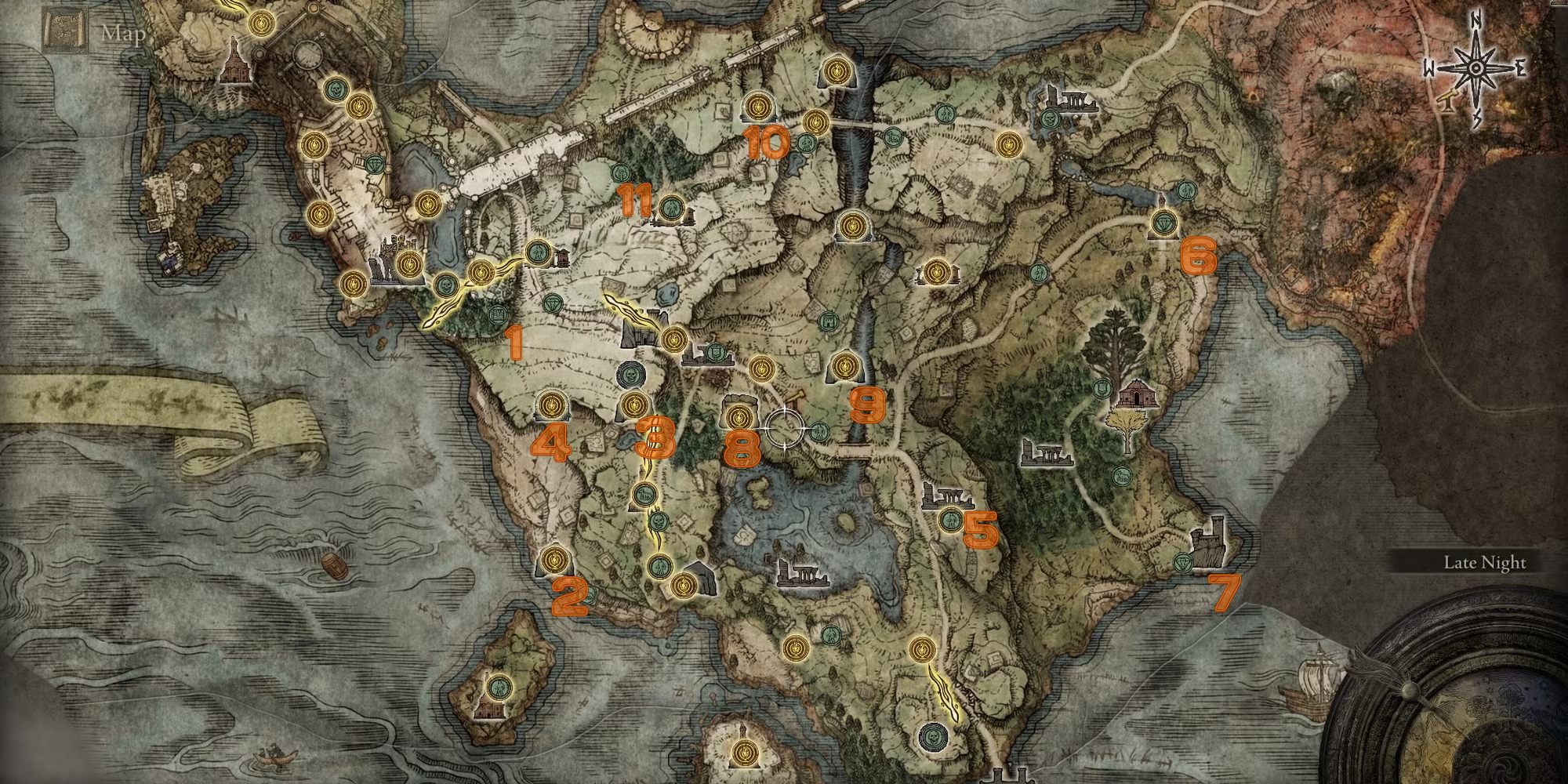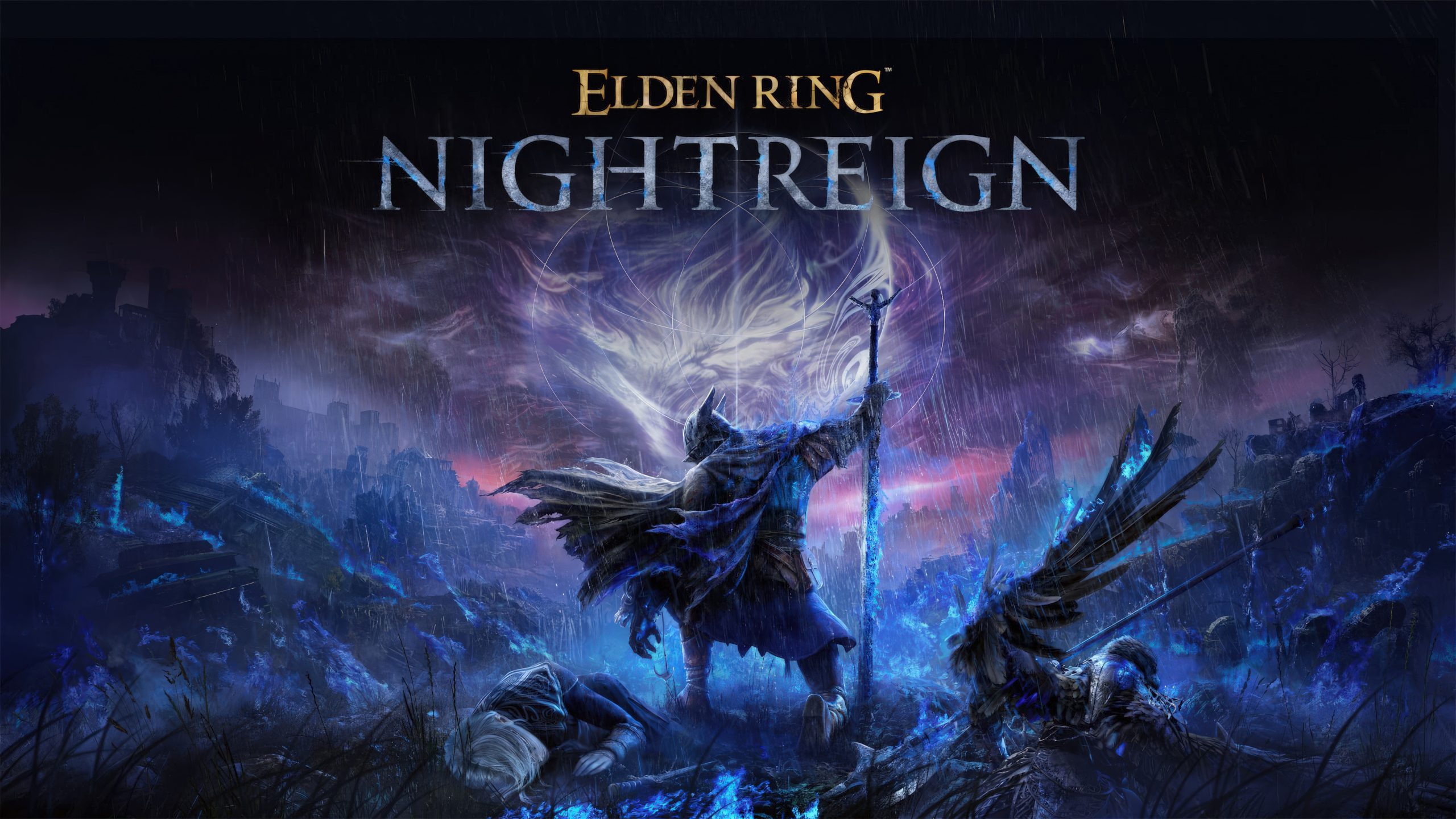In 2025, FromSoftware returned to the world that changed open-world RPGs forever with Elden Ring Night Reign.
This sequel to the hugely popular 2022 game, Elden Ring, takes big creative risks by mixing its famous Soulslike style with roguelike features.
The result?
A game that is big, super fun, but definitely not perfect.
Let’s jump into the world of Night Reign to find out what works, what’s annoying, and whether this game is the right fit for you.
A New Genre Mix: Roguelike Meets Elden Ring

At its heart, Elden Ring Night Reign is different from the usual setup of the first Elden Ring. While the first game gave players a huge, slow-paced open world to explore, Night Reign boils this down into a fast-paced roguelike style.
Players become a “Nightfarer,” a chosen hero called to Roundtable Hold, which is now the main base of the game.
From here, you and up to two friends must fight off invading Night Lords to bring peace back to the world of Limvelt. The co-op, team-based gameplay is one of Night Reign’s main features, but you can still play alone—though it’s harder.
How It Works:
- Expeditions: Every run in Night Reign begins as an expedition. You drop into Limvelt with your team and explore the huge map to level up, find loot, and finish missions.
- Limited Time, Maximum Strategy: Each day within an expedition lasts five minutes, during which you must make important choices about where to explore and what to upgrade. After that, the “Knight’s Tide” closes in, limiting where you can go like a battle royale’s shrinking map.
These short time limits make players adjust to the faster pace, focusing on being quick and working together.
Eight Unique Characters for Different Playstyles
One of the most exciting new things in Night Reign is its list of eight playable characters, each with their own skills, abilities, and best fighting styles. Whether you like being a tank on the front lines or helping your team from far away, there’s something for everyone:
- The Wilder: A versatile all-around warrior with limited access to magic.
- The Iron Eye: A ranged DPS specialist suited for taking out enemies from afar.
- The Guardian: A durable tank focused on protecting the team and holding off damage.
- The Duchess: A hyper-mobile character who enhances team damage while offering stealth utility.
- The Raider: A damage-dealing brute who grows stronger as they take hits.
- The Recluse: A complex caster with a high skill ceiling and rewarding mechanics.
- The Revenant: A support class with healing, summoning, and utility-based abilities.
- The Executor: A high-risk, high-reward melee specialist with devastating single-target damage.
Each character also has a passive ability, a class skill, and an ultimate ability, letting you mix and match when making teams. Night Reign shows how important team setup is, since balancing offense, defense, and utility can make or break a run.
Gameplay: Wins and Frustrations
The Chaos of Exploration
The gameplay in Night Reign is all about searching the map for upgrades, leveling up with runes, and getting ready for a bunch of boss fights. Early in each expedition, players look for important spots, like:
- Mines: A source of smithing stones for upgrading weapons.
- Evergaols: Restrictive areas requiring stone sword keys but offering immense rune rewards.
The focus on speed makes things feel urgent and wild. But it can also be frustrating, especially for players used to the slower, more careful pace of Elden Ring. You can’t just stand around and look at the pretty views anymore; every second in Night Reign is about surviving or failing.
The Knight’s Tide: A Roguelike Battle Royale
The Knight’s Tide slowly makes the map smaller, making things more tense as players rush to get gear and levels before the safe zones disappear. But going too close to the Tide is dangerous, since it slowly drains your health if you stay in it too long.
Some people might love this pressure, but others may find the non-stop pace stressful, which is a big difference between Night Reign and normal Soulslike games.
Boss Battles and New Dynamics

The most important part of Night Reign is its boss fights, which end with a big battle against a powerful Night Lord. These fights are the game’s biggest strength and what makes it different from Elden Ring. Teamwork is often super important, since bosses have unique mechanics that use the game’s multiplayer focus.
For example, the first major boss, Gladius, can split into three copies, so each player has to fight a clone separately. These new ideas make FromSoftware’s usual one-on-one boss fights feel fresh, with creative strategies that both Souls veterans and new players will like.
Key Issues: Jankiness Galore
No review of Elden Ring Night Reign would be complete without talking about the big problems that make the otherwise fun experience worse:
1. Revive System Problems
Dying in Night Reign doesn’t end your run. Instead, you get knocked down and can be revived by teammates attacking your body. Sadly, the clunky revive system breaks immersion and slows things down for no reason. Characters often miss hits when attacking the downed player because of weird animations and bad hit detection.
2. Traversal Frustrations
One of the game’s biggest new things is the expanded movement system, which lets you wall-jump and sprint. While these mechanics open up new ways to get around, they’re not well-made. Climbing over objects often feels awkward, and players have to repeat actions multiple times to make it work.
Both issues show a lack of polish that many people expect from modern FromSoftware games.
Progression: Less Is More
Unlike most modern roguelikes, Night Reign has a very simple progression system between runs. Players earn two main rewards after each expedition:
- Relics: Items you can equip that give unique buffs for future runs.
- Merc: A currency used to buy chalices, which customize relic slots to make them work better together.
Final Verdict
Elden Ring Night Reign is both an exciting innovation and a game that will divide people.
By mixing the strategic depth of roguelikes with the high-stakes combat of Souls games, FromSoftware delivers a unique but imperfect experience.
The game’s faster pace, focus on teamwork, and boss fight mechanics are the highlights.
However, big issues like the clunky revive system and annoying traversal mechanics might overshadow what it does well.




